Škoda Hispano-Suiza
95 years ago, the first President of Czechoslovakia, Tomáš Garrigue Masaryk, received a new official car. As a co-founder of the country, he assumed the presidency in 1918 and held the post until 1935. His background was far from such an office. He came from a poor family and worked his way up. After studying in Vienna, from which he graduated with a habilitation, he became a philosophy professor in Prague at the age of only 32. At the same time, as a member of the Viennese parliament, he campaigned for the democratization of the Austro-Hungarian monarchy. As a deeply religious Protestant, he demanded a clear separation between church and state and also campaigned against anti-Semitism. He had to flee into exile during World War 1.
President Masaryk visited the Škoda plant
During this time in France, Great Britain, Russia and the USA, Masaryk found many supporters of the idea of an independent state called Czechoslovakia. He founded exile armies in France and Russia. On October 28, 1918, the Austro-Hungarian government finally accepted the conditions for ending the war. These also provided for the secession of Czechoslovakia, making this day the foundation day of the state. Tomáš Garrigue Masaryk returned from exile in the back seat of a flower-bedecked open Laurin & Klement Type M and assumed his presidency. On May 3, 1919, he visited the car factory of Václav Laurin and Václav Klement in Mladá Boleslav. There he signed the town’s book of honor and called for the development of affordable cars for the people.




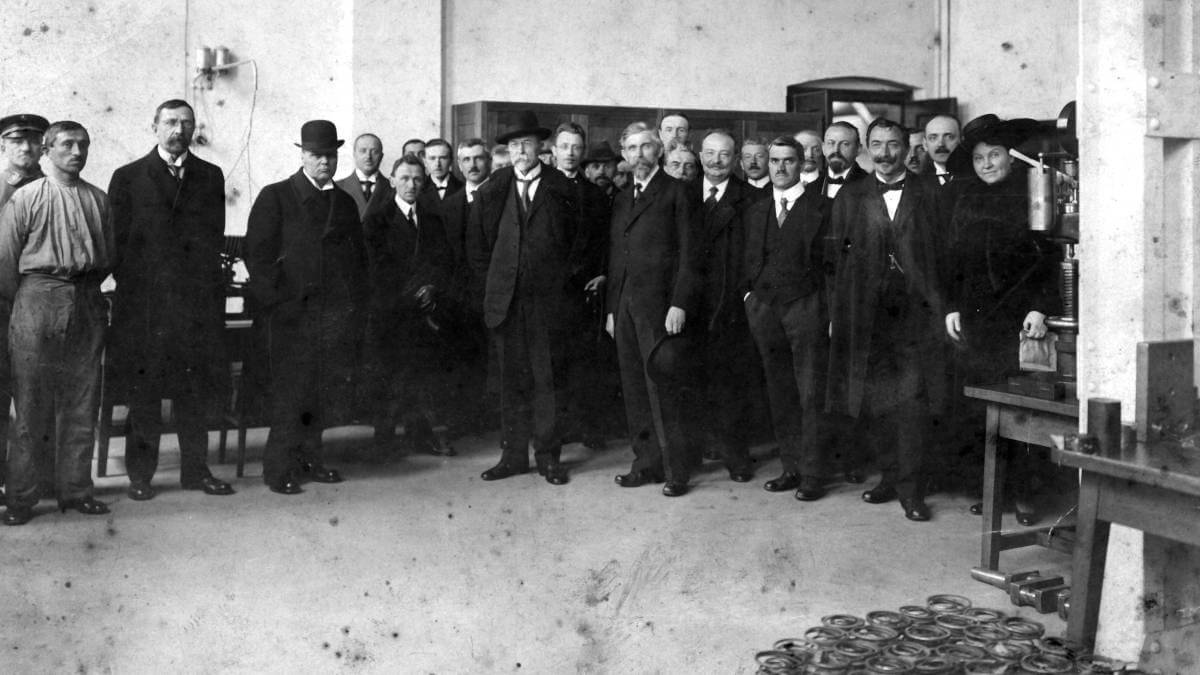







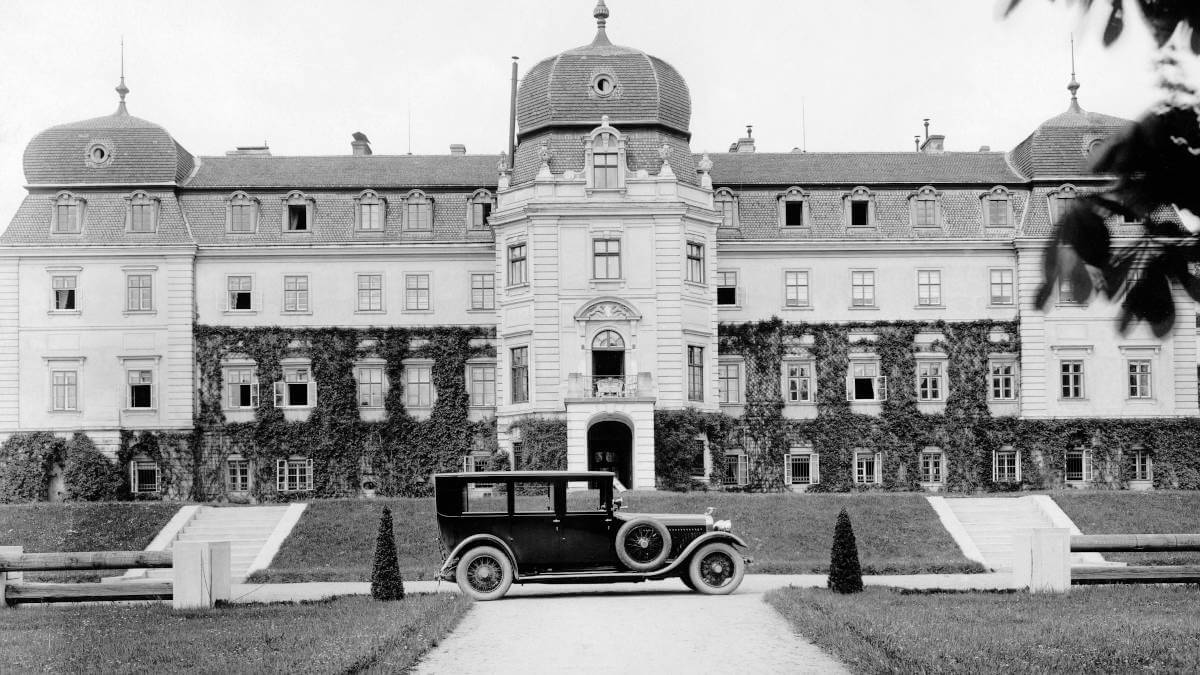



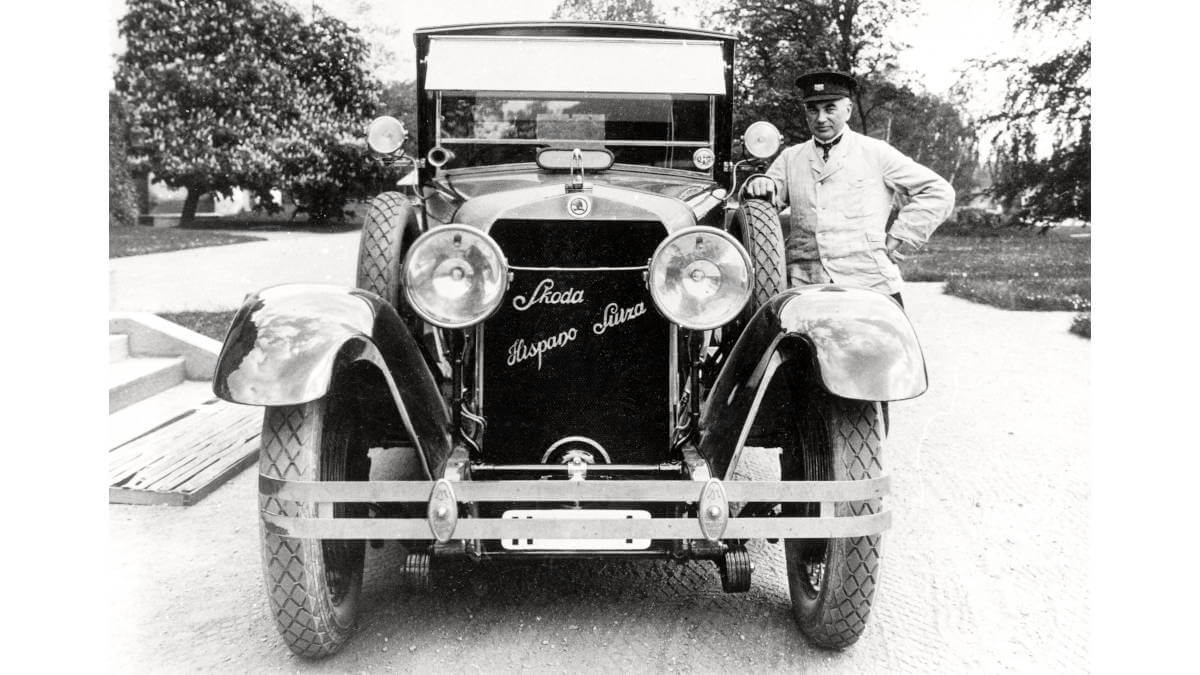



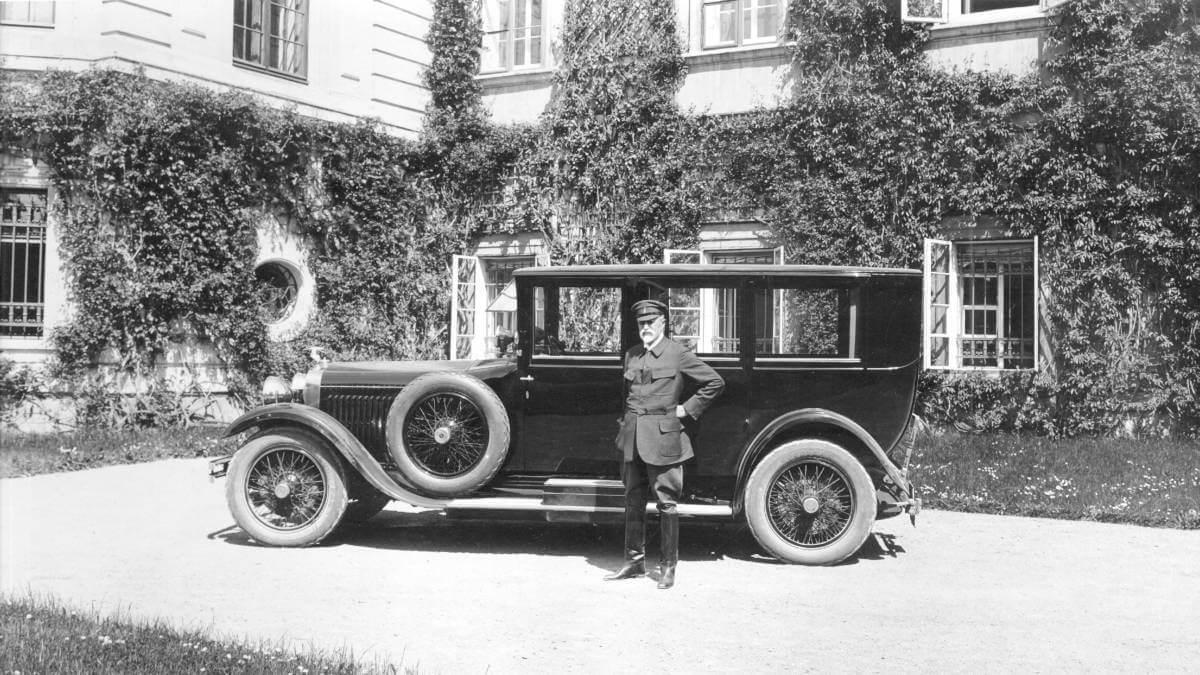



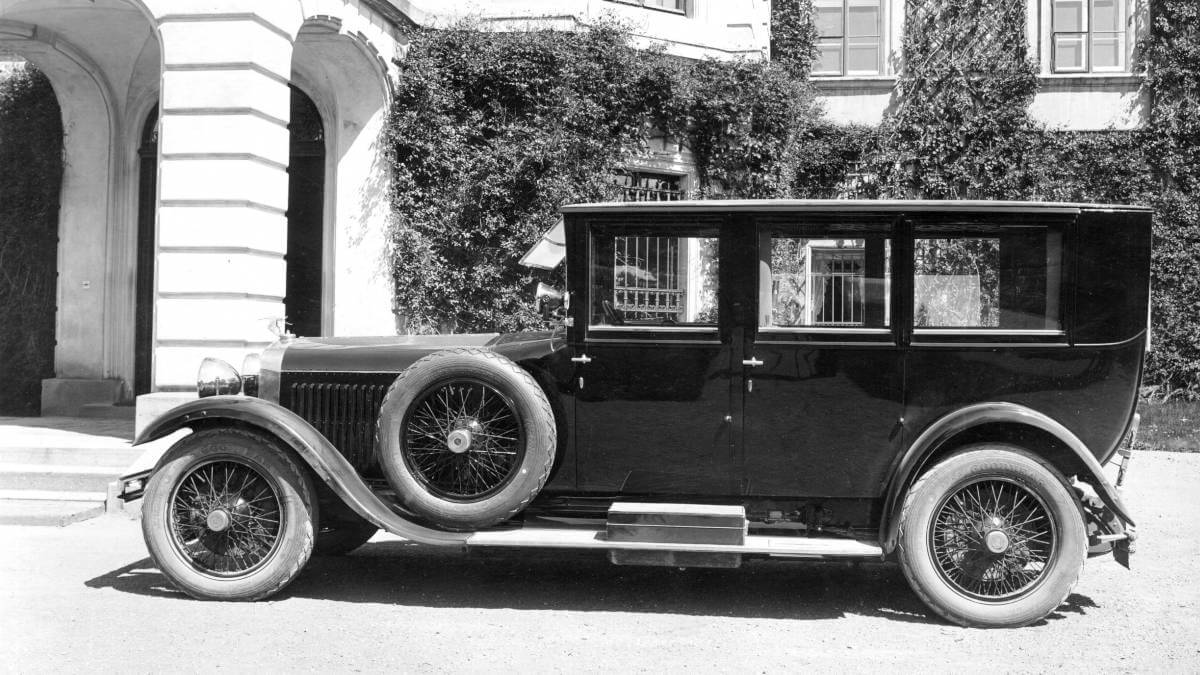



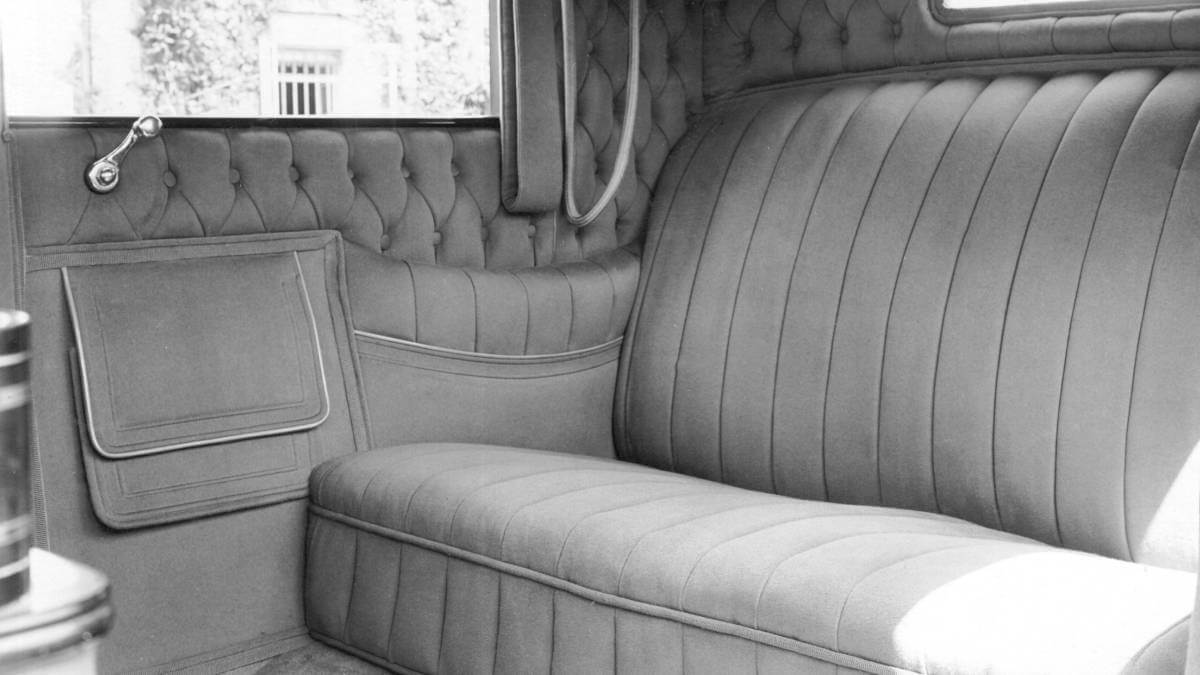



Licensed construction of a Spanish-French luxury sedan
Licensed production based on the Spanish Hispano-Suiza was built at the new Škoda plant in Pilsen from 1926. With the brand name, the licensor threw a nod to its own origins (“Hispano” = Spain) and those of the lead vehicle developer Mark Birkigt (“Suiza” = Switzerland). These technically innovative and high-quality sedans enjoyed a high international reputation between 1904 and 1938. Some model were produced at the Paris branch. Škoda produced around 100 examples under license. Therefore the Czechoslovakian company placed uncompromising emphasis on quality and the best possible workmanship. Under the long hood was a 6.6-liter inline six-cylinder engine with a light-alloy block. Inside it rotated a crankshaft with seven bearings, which was milled from a cast part weighing around 350 kilograms. In the end, it still weighed 45 kilograms. Around 100 hp was available as continuous power, and around 135 hp could be used for short acceleration maneuvers.
Presidential limousine unfortunately lost
The first vehicle with chassis number 388 was ordered by the Czechoslovak government as a representative car on June 25, 1925. For this purpose, Brožík presumably built a body under license from the Paris company Carrosserie Kellner Frères. A glass partition between the driver’s cabin and passenger compartment provided privacy. Other customers had their bodies built either by Škoda, J.O. Jech, Aero, Erdmann & Rossi, Petera or Pokorný & Beywel. On May 10, 1926, the limousine was officially handed over to the President of the Republic. It was given the license plate ‘N-1’. In the 1930s it changed to the Prague number ‘P-118’ and for incognito travel there was also the license plate ‘N-XIV-842’. Tomáš Garrigue Masaryk relinquished the presidency in December 1935 at the age of 85 for reasons of age. Škoda then took back his official car. Unfortunately the vehicle was lost during World War 2 and has not been recovered to this day. However, some other examples of the Škoda Hispano-Suiza have survived the times.
Images: Škoda




